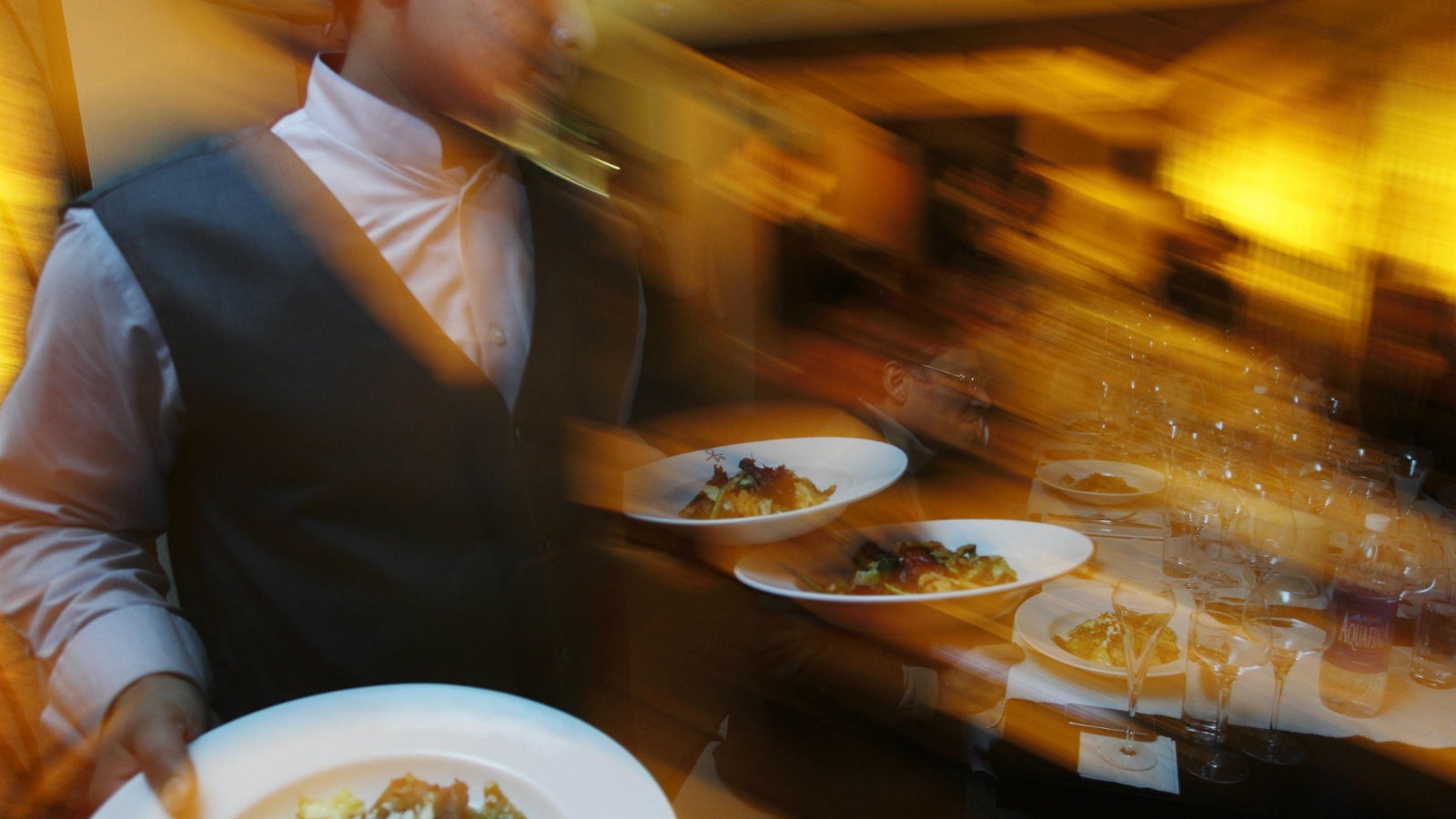In 2017, Indian foodies refused to let the government stand in the way
India’s restaurant industry seems pleased to be leaving behind a choppy year.


India’s restaurant industry seems pleased to be leaving behind a choppy year.
The country’s Rs3 lakh crore ($47 billion approximately) food services market suffered policy hurdles throughout the year—from liquor bans to the impact of a new tax regime. Yet, the market also saw the launch of new gastronomic delights, exciting food fests, and state governments taking steps to boost the sector, restaurateurs and industry experts told Quartz.
Policy hurdles
The chaos began in the summer with the ban on the sale of liquor along the country’s highways.
Starting April 01, following a 2016 supreme court order, restaurants and hotels were barred from serving alcohol within 500 meters of state and national highways. This caused an uproar as restaurants and bars saw business drop overnight. Brokerage firm CLSA had estimated losses of up to Rs20,000 crore ($3.01 billion) for states from the sale of liquor alone. The court’s decision was, however, relaxed five months later in August.
Yet, the ruling left its impact.
“This has to be one the most challenging year’s witnessed by the hospitality industry,” said Riyaaz Amlani, president at the National Restaurant Association of India (NRAI). Amlani, who also owns Impresario Entertainment and Hospitality, which runs the Social chain of restaurants, among others, added that the highway ban “literally wiped out small businesses.”
Next, in July, restaurant owners grappled with the newly implemented goods and services tax (GST), introduced to simplify India’s complicated tax regime. The GST set tax rates for restaurants at 12% and 18%, depending on the availability of alcohol and presence of air-conditioners. Confusion reigned over the new slabs as consumer complaints surfaced on the internet claiming that restaurants were over-charging them.
In November, in its updated list of GST rates, the government dramatically lowered the tax rate on eating out to 5% (except for restaurants located in hotels and outdoor catering). Although the move did benefit diners, restaurant owners weren’t able to take full advantage of the new rates. That’s because the government withdrew the input tax credit (ITC), which essentially allows restaurants to claim an offset on the tax they pay on raw materials or inputs. The ITC accounts for between 3% and 4% of a restaurant’s profits. With no ITC, ”it has become more expensive to operate restaurants even as the lowered tax rate is welcome news for customers,” explained Amlani.
However, the year will draw to a close on a positive note. The state of Maharashtra has finally implemented a law that allows retail establishments in the state to remain open round-the-clock, starting Dec. 20. “Maharashtra has taken a huge leap in policy,” said Amlani, adding that hopefully more states will emulate such a model.
Consumption kicked in
On the other hand, consumers showed early signs of spending more on eating out after the double whammy of the November 2016 note ban and the GST. The second half of 2017 saw firms such as Westlife Development, which runs McDonald’s in south and west India, and Jubilant FoodWorks that manages pizza chain Domino’s, post good numbers.
“The worst is behind us,” Pratik Pota, CEO, Jubilant FoodWorks, told The Economic Times newspaper earlier this month. In May, the firm announced that it would (pdf) slash costs by shutting down loss-making stores. In its earnings for the quarter ended Sept. 30, Jubilant, which also operates Dunkin’ Donuts in India, registered a net profit of Rs48.5 crore, a 124.7% jump over the same period last year.
“From a macro perspective, we believe consumer sentiment is steadily improving,” Amit Jatia, vice-chairman of Westlife Development said.
Meanwhile, the country’s top chefs continued to open restaurants for experimental Indian diners.
In cities like Delhi and Mumbai, they brought more regional Indian food to the mainstream. O Pedro, a Goan restaurant backed by Sameer Seth, Yash Bhanage, and Floyd Cardoz—the trio behind the Bombay Canteen—opened in Mumbai. In the national capital, Manish Mehrotra’s much-acclaimed Indian Accent announced a reworked menu. Delhi also saw the opening of Jamun, a regional Indian cuisine restaurant, backed by entrepreneur Rakshay Dhariwal.
“We’ve had too much of a culture of multi-cuisine and pan-Asian…So I think you’re going to see this whole shift to projects focussed on regional food and that do it well,” Nachiket Shetye, founder, Cellar Door Hospitality, a culinary consulting firm, told Quartz.
Shetye also points to the popularity of flea markets, grub fests, and organic farmers’ markets as one of the top trends that will trickle into 2018. In Delhi, Mumbai, and Bengaluru, small dedicated entrepreneurs are bringing fresh produce from nearby farms to weekend flea markets. People are also going back to indigenous grains such as ragi, jowar, and bajra, Shetye added. “It isn’t just about the quinoa anymore.”